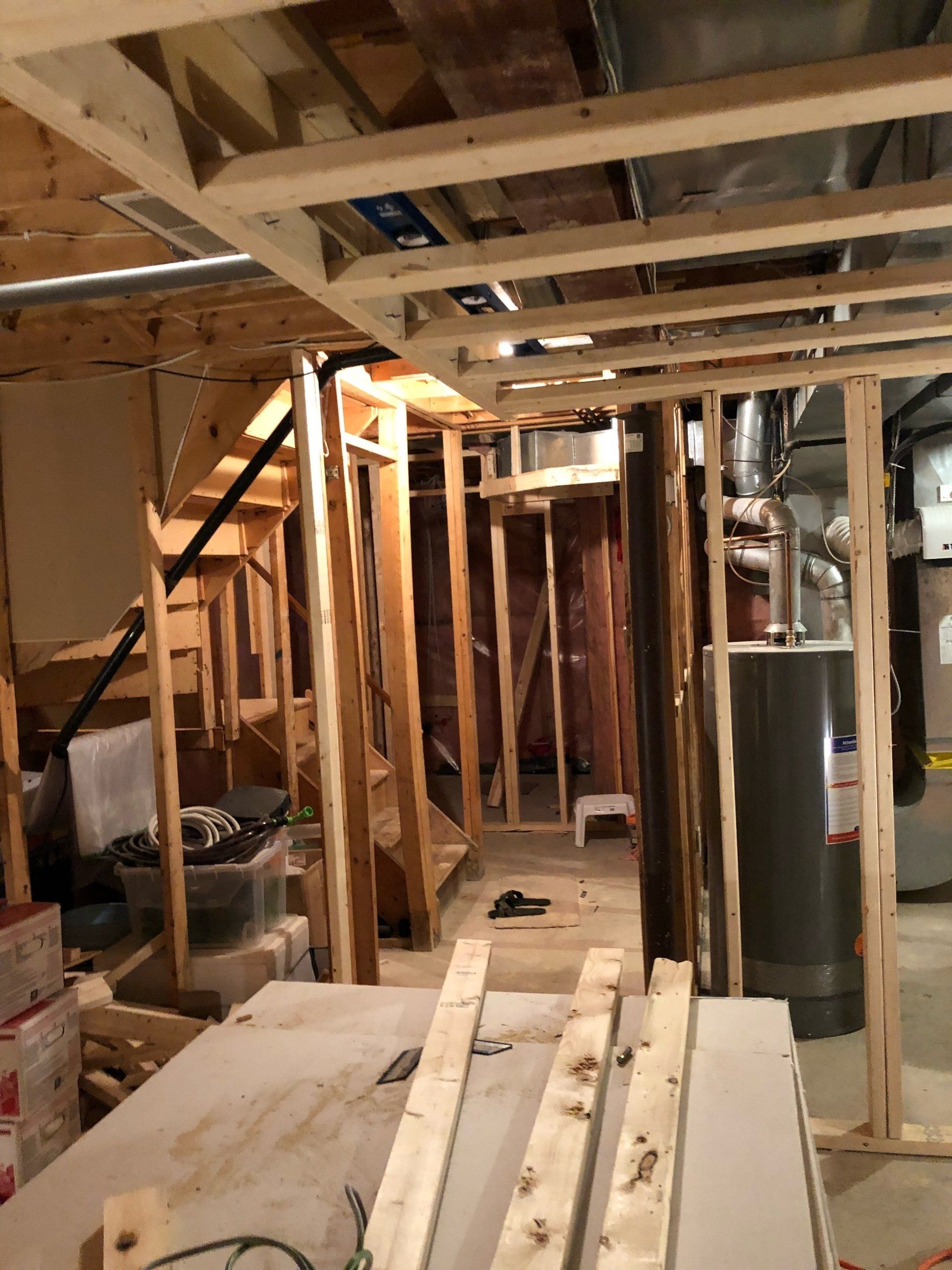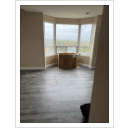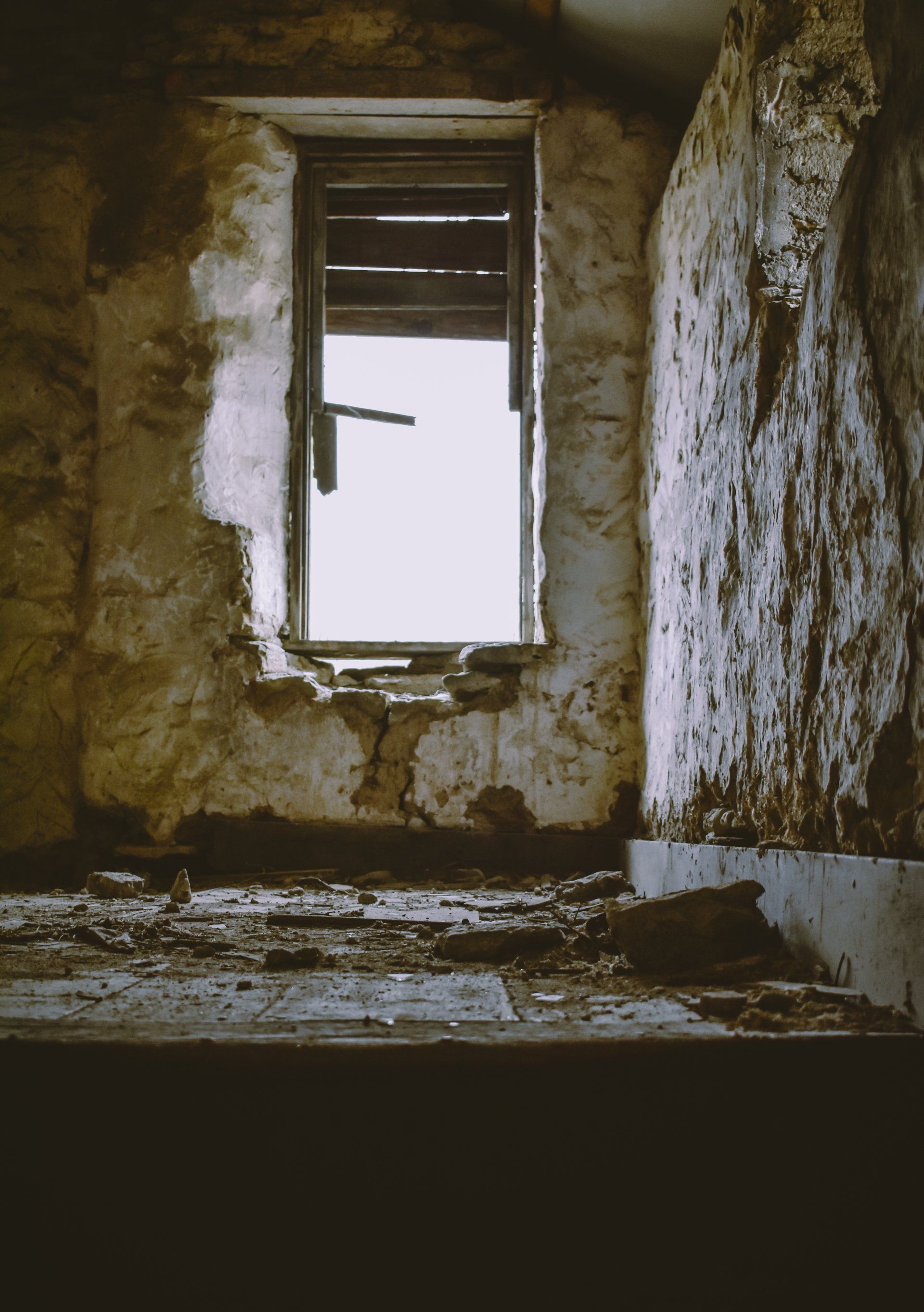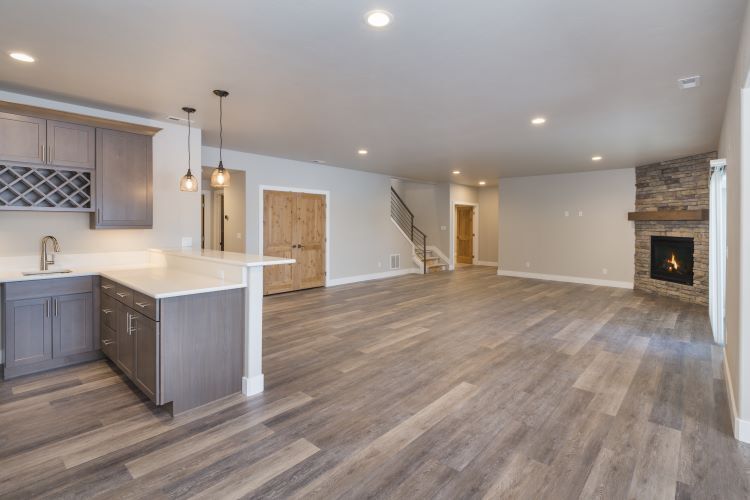Essential Framing Techniques for a Stronger Home

When it comes to home construction or renovation, the importance of framing cannot be overstated. Framing is the backbone of any structure, providing the necessary support and shape for your walls, floors, and roof. Whether you're building a new home or renovating an existing one, using the right framing techniques is crucial to ensure the strength and durability of your home.
1. Choosing the Right Materials
- The quality of the materials you use for framing directly impacts the strength of your home. Lumber is the most common material, but it’s essential to select the right grade and species. For instance, Douglas Fir and Southern Yellow Pine are popular choices due to their strength and durability.
- Engineered wood products like laminated veneer lumber (LVL) or steel framing are excellent alternatives that offer consistent strength and resistance to warping, twisting, and shrinking.
2. Proper Spacing of Studs
- The spacing of wall studs is a critical factor in framing. Common spacing intervals are 16 or 24 inches on center, depending on the load-bearing requirements and the overall design of the home. Proper spacing ensures that the walls are strong enough to support the roof and upper floors.
- Over-spacing can lead to weak walls that may not withstand heavy loads or environmental stress, while under-spacing can lead to wasted materials and increased costs.
3. Using Headers and Beams Correctly
- Headers and beams play a crucial role in distributing the load above doors, windows, and large openings. Using appropriately sized headers and beams ensures that these areas are adequately supported.
- For larger openings, it’s important to use double or triple headers and beams to prevent sagging or structural failure over time.
4. Bracing and Reinforcement
- Bracing is essential to stabilize the frame and prevent movement. Diagonal braces are typically used in walls to resist lateral forces like wind. For floors, using joist bridging or blocking between joists adds extra stability.
- Hurricane ties and seismic anchors are critical in areas prone to extreme weather conditions or seismic activity. These reinforcements help prevent the frame from shifting or collapsing during high winds or earthquakes.
5. Ensuring Level and Plumb
- A strong frame requires precise leveling and plumbing. Walls that are not plumb can lead to uneven load distribution, causing structural problems down the line. The same goes for floors that are not level—they can result in uneven surfaces and difficulties during later stages of construction.
- Using laser levels and plumb bobs ensures that your framing is perfectly straight and true, leading to a more stable and secure structure.
6. Secure Connections
- The connections between different parts of the frame must be secure to ensure the integrity of the entire structure. Nails, screws, and brackets should be used correctly and in sufficient quantity.
- Toe-nailing and face-nailing are common techniques for securing studs to plates and other framing elements. For additional strength, metal connectors like hurricane clips and joist hangers should be used in areas where extra support is needed.
7. Adhering to Building Codes
- Compliance with local building codes is essential to ensure that your framing meets the necessary safety and structural standards. Building codes dictate everything from the size and spacing of framing members to the type of materials used.
- Always consult with a professional contractor or structural engineer to ensure that your framing plan adheres to the latest building codes and industry standards.
8. Consider Insulation and Energy Efficiency
- While framing is primarily about structure, it also plays a role in the energy efficiency of your home. Proper framing techniques can minimize thermal bridging, which reduces heat loss and improves energy efficiency.
- Advanced framing techniques, such as using wider studs at 24-inch intervals, can allow for more insulation in the walls, leading to better energy performance.
Conclusion
A well-framed home is a strong home. By using the right materials, spacing, and techniques, you can ensure that your home’s structure will stand the test of time. Whether you’re building from scratch or renovating an existing space, paying attention to the details of framing will not only enhance the durability of your home but also increase its overall value.
If you're planning a renovation or new build in London, Ontario, consider consulting with a professional framing contractor like Basement Renovations London to ensure your project is completed to the highest standards.
You might also like




